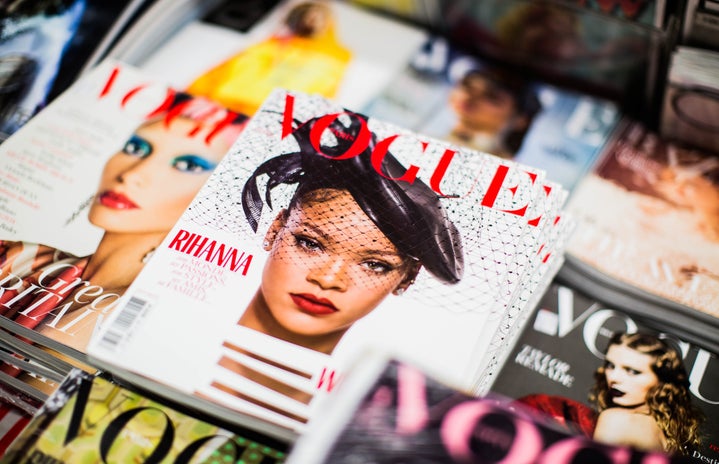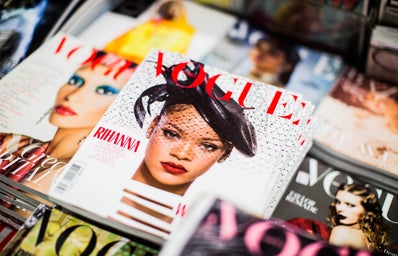We’ve all seen the photo at this point. Plastered on the cover of Vogue’s December edition, Harry Styles stands in a lush field touting a long, frilly light blue Gucci dress. This single shot has fanned the flame of a conversation that tackles gender fluidity, historical recognitions, gender norms and much more.
Because Styles was the first cis male to grace the cover of Vogue, these shots were considered historic. Styles has been dubbed an icon for his ability to keep up his androgynous aesthetic and not conform to gender norms during this achievement. Many celebrate this cover as a step towards the acceptance of gender fluidity in the modern fashion industry. Yet as much as the cover has been celebrated, many have often overlooked the problems that come with this shoot’s success.
While many of us love the shot, it’s important to recognize that trans/gender non-conforming/nonbinary folks of color should be receiving praise for defying gender norms. Despite being at the forefront of the movement for gender fluidity and expression in fashion for decades, the contributions and legacies of Black trans/GNC/nonbinary folks are often overshadowed by the praise given to this cover. Specifically, the work of trans femmes of color is set to the side when they are the ones that have started this movement.
Prince, Billy Porter, Frank Ocean, Dennis Rodman, Mykki Blanco, Miss J. Alexander and Ashton Sanders are just some of the groundbreaking Black queer figures that have challenged gender norms in fashion yet have not received the support Styles has. Despite their popularity, they are not centered in these conversations on gender fluidity, and instead, they are replaced by a white, cis man.
With the resistance of trans femmes and gender non-conforming folks existing for decades, it becomes challenging to see Styles being uplifted as a fashion legend. It disregards these folks’ realities, who are often harassed, targeted and killed for their gender expression daily. Instead, their work gets commodified and imitated, but the actual individuals who risk their lives to live authentically are left behind in the shadows.
This doesn’t mean that it is Styles’ fault for the praise he receives. It’s great to see someone challenging the systems of heteronormativity and fashion norms. It’s great to see these conversations brought into the mainstream. Yet, it is clear that he should not be seen as the symbol for gender-neutral fashion when there’s a long list of BIPOC we should recognize. We should try to redirect the conversation and acknowledge that while we can be happy, we can also be critical of this moment.
The recognition of trans femmes and gender non-conforming folks should not be an afterthought in this conversation but rather the starting point.



